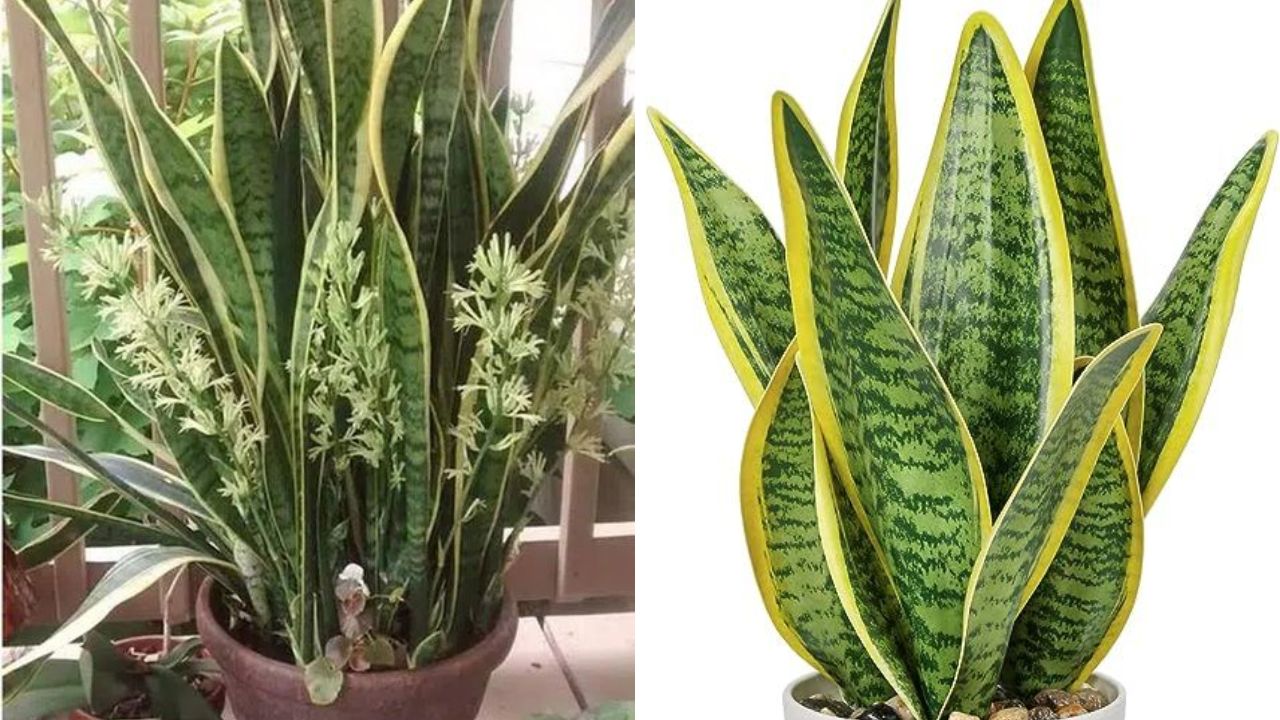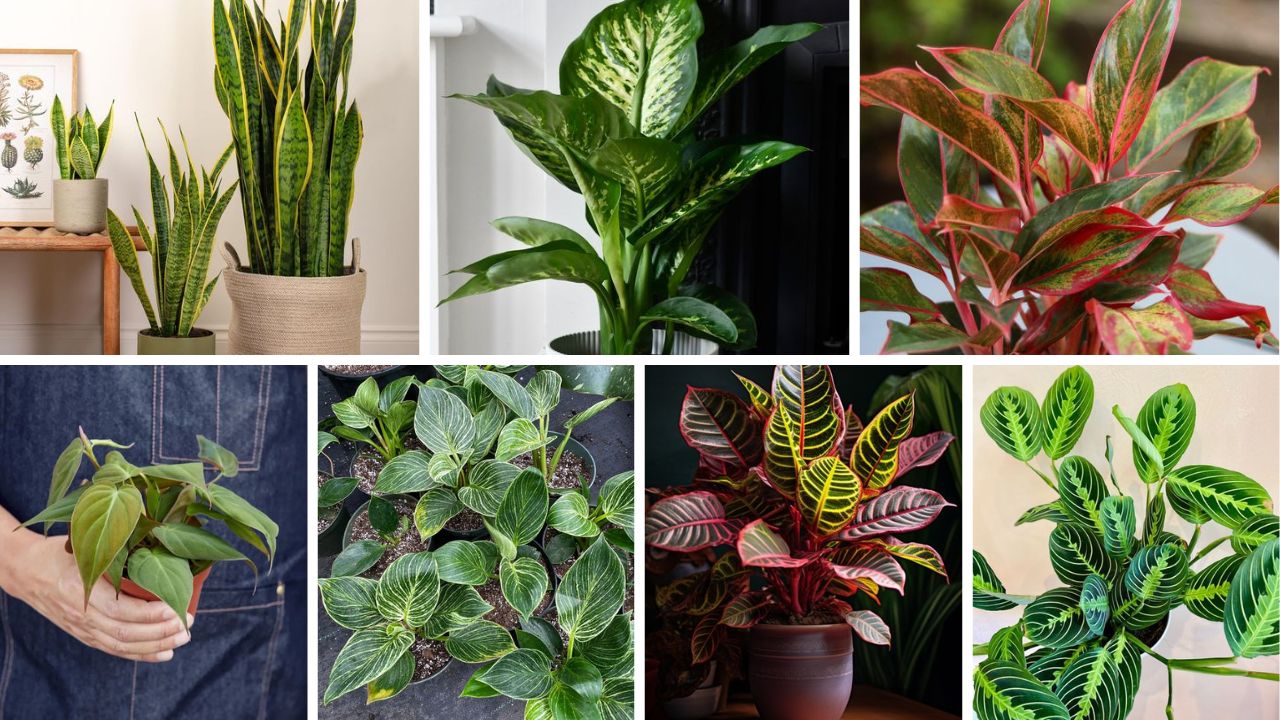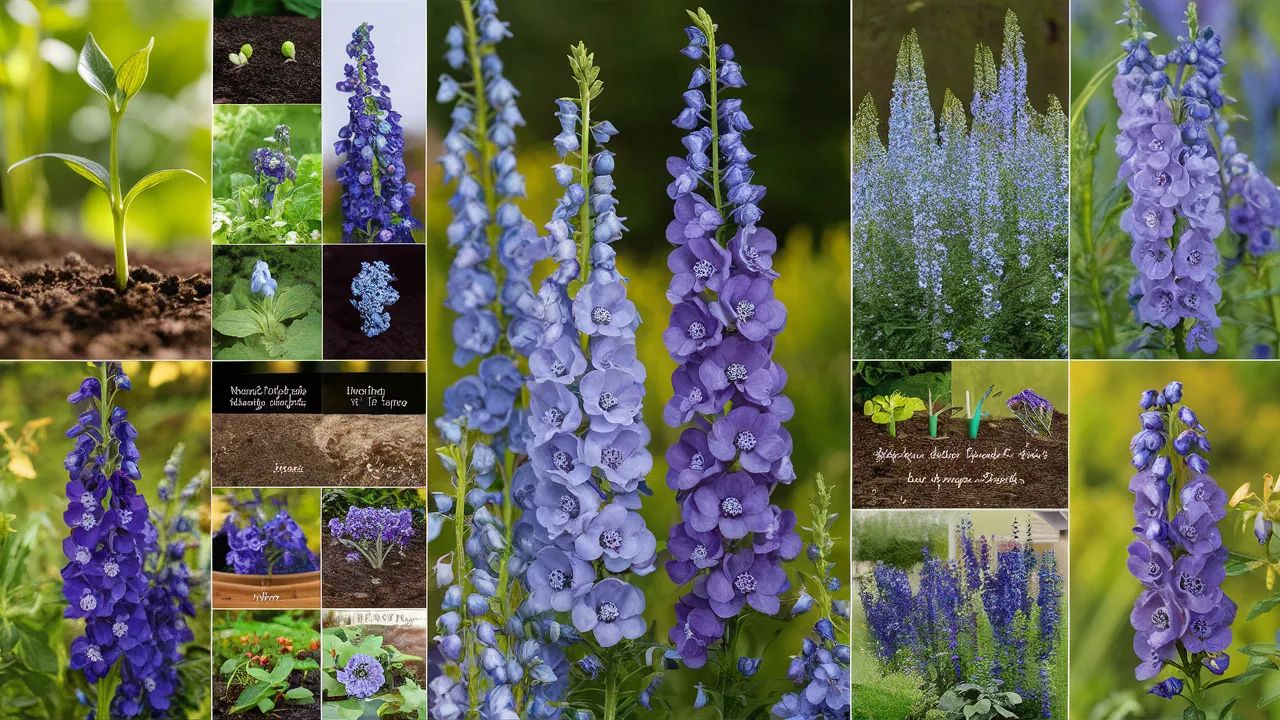Because it is the common name for both Delphinium and Consolida ajacis, which are in the same family as buttercups, the larkspur flower suffers an identity crisis. Larkspur, as Delphinium, is regarded as a herbaceous perennial. However, Consolida ajacis, sometimes known as true larkspur, is regarded as an annual. Still, these closely related cousins have almost the same appearance, with fragile small blooms growing on spectacular, spikey stalks topped with lacy leaves.
Larkspur is a perennial plant that often produces purple, blue, or white blooms. The second most prevalent color is lavender. Pink-blossomed larkspurs are infrequently encountered; other hues are possible but less often. One of the essential plants for cottage gardens is larkspur. They are helpful in luring hummingbirds and butterflies to the yard in the interim. The herb larkspur is poisonous.
Take measures to keep dogs and kids from consuming it.
Table of Contents
ToggleLarkspur Overview
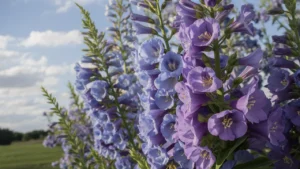
| Common Name | Larkspur, giant larkspur |
| Botanical Name | Delphinium (sometimes considered Consolida ajacis) |
| Family | Ranunculaceae (buttercup) |
| Plant Type | Perennial (sometimes considered hardy annual) |
| Mature Size | 1-7 ft. depending on type |
| Sun Exposure | Full |
| Soil Type | Moist, well-drained |
| Soil pH | Slightly alkaline |
| Bloom Time | Spring and summer |
| Flower Color | Purple, blue, white, pink, or lavender |
| Hardiness Zones | 2-9 (USDA, depending on type) |
| Native Areas | Northern Hemisphere |
| Toxicity | Toxic to humans and pets |
Larkspur Care
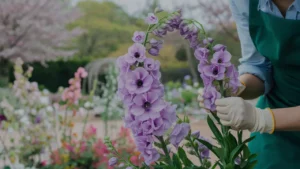
However, the majority of larkspur plants are thought to be stately perennials that look great when planted behind a flower border. These have the disadvantage of requiring you to stake them. For instance, “Cassius” is a tall variety of delphinium. Staking is obviously necessary for this D. Elatum hybrid. Choose dwarf varieties for low-maintenance landscaping.
They are incredibly showy examples due to their amazing height (some species grow up to 7 feet tall). If you are willing to put in a little effort, cultivating the taller varieties of larkspur is well worthwhile.
When it comes to true larkspur, there’s nothing to be done in the winter months because some are annuals and the others, which are referred to as delphiniums, are short-lived perennials that will naturally die back before the first frost.
Light Requirements
For larkspur, full sun works best. The plant requires six to eight hours of sunlight per day.
Soil & Potting
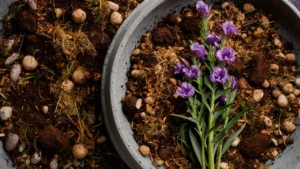
Provide them with cold, damp, well-drained soil. Mulch can be added to the soil to keep it moist and cool.
Watering
Twice a week, give the plants some water. Every time you water, give the blooms an inch of water. Continue watering the plants once a week if the soil gets too wet.
Temperature and Environment
Lower temperatures are preferred by larkspur, and this also causes blooming. Although seedlings may like some humidity, the plant prefers moderate, summerlike conditions that are not humid.
Fertilization
Apply compost fertilizer to your larkspur plants each spring.
Types of Larkspur

The majority of gardeners associate larkspur with a plant that has blue flowers. As you can see, blue larkspurs come in a variety of options. Their sizes, durability, and the exact type of blue color in the flowers vary. These are ten common varieties of larkspur:
- Black Knight Larkspur (Delphinium ‘Black Knight’): Deep purple blooms, 4 to 6 feet tall
- Galahad Larkspur (Delphinium ‘Galahad’); Snow-white petals, 4 to 6 feet tall
- Astolat Larkspur (Delphinium Astolat Group): Pink to lavender pink petals, 4 to 6 feet tall
- Guardian Lavender Larkspur (Delphinium elatum ‘Guardian Lavender’): Lavender blossoms, 2 to 4 feet tall
- Dwarf Larkspur (Delphinium tricorne): Deep violet blue flowers, dwarf, 1 to 3 feet tall
- Blue Mirror Larkspur (Delphinium ‘Blue Mirror’): Blue and lavender blossoms, dwarf, 2 feet tall
- Cassius Larkspur (Delphinium ‘Cassius’): Blue blooms with black centers, 6 to 7 feet tall
- Summer Skies Larkspur (Delphinium ‘Summer Skies’): Pale blue flowers, 5 feet tall
- Golden Larkspur (Delphinium luteum): Very rare yellow blooms, 2 feet tall, grows only in California
- Red Lark Larkspur (Delphinium ‘Red Lark’): Rare red blooms, 2 to 3 feet tall
Pruning
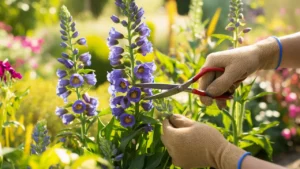
After the plants have finished flowering in late summer or early fall, trim off the flower stems.
Cut the plants to the ground and clear the area of any vegetation after the first hard freeze of the fall season. Maintaining a clean and organized garden is essential for larkspur plants, as they are very prone to infections. Avoid leaving old vegetation lying around throughout the winter months. Similarly, if you think any plant material may be diseased, don’t compost it.
Propagating Larkspur
A cutting can be used to propagate larkspur plants if you want to clone them. Cuttings complement perennial larkspur best. It is preferable to take cuttings in the spring or summer, following the plant’s first flowering. Follow these instructions:
- Check your garden for larkspur sprouts. Using a sterile, sharp paring knife (the simplest to cut shoots with), remove any dirt from the shoot and cut a shoot from the base of the plant that is separate from the parent plant.
- Apply rooting hormone to the cutting.
- Half potting soil and half perlite should be used to fill tiny pots or cups with potting media.
- Pots should be kept in a cool, humid place, as beneath a porch or deck; do not place them in a heated greenhouse. Don’t let the soil get too wet.
- In a month, you ought to notice roots. Repot cuttings into individual pots or, if the weather is still cool enough, directly into the ground.
How to Grow Larkspur From Seed?
Using seeds is a simple method of spreading larkspur widely. The steps are as follows:
- Look for seed pods on spent blooms that haven’t been deadheaded in the fall. To extract the seeds, open the pods.
- Cold-strain seeds. To do this, there are numerous methods. You can place seeds in a closed jar or container with damp perlite. Store the jar in the fridge for a week or so.
- Potting mix should be added to biodegradable seedling pots that you have chosen.
- Place one or two seeds in each pot and then top each with a little amount of dirt.
- Don’t overwater the pots; instead, give the soil a light misting.
- It should germinate in a few weeks.
- Only plant the seedlings in the containers outside in a bright spot once the risk of frost has passed.
Potting and Repotting Larkspur
Due to its height, larkspur can be used as a stand-alone potted vertical garden or as a centerpiece in a container garden. They do best when potted in wide-bottomed containers because they grow to be hefty and tall. To prevent the all-purpose potting soil from being soggy, take into consideration pots made of any material that are at least 12 inches wide and have several drainage holes. For larkspur, there’s no need to enrich the soil with organic matter.
Overwintering
If you follow a few instructions, potted larkspur might make it through the winter. For more insulation, mulch the top of the container, cut back the stems to the earth, and cover it with burlap. It’s not necessary to bring the pots inside for the winter, but the roots will thrive if the pot is protected from the wind and ice.
Common Pests & Plant Diseases
Keep an eye out for mealybugs, stalk borers, cutworms, and aphids. The groundhog resistance of larkspurs is a useful trait. The plants are poisonous, so although these pests will occasionally nibble them, they will eventually perish. Thus, there won’t be any harm. Neither do deer and rabbits typically consume them.
A lot of plant species have brief lives. This is partly because they are more prone to illnesses like crown rot and botrytis blight. Another issue is powdery mildew. Provide enough space between your plants, mulch your larkspurs, and keep your garden clear of waste to reduce the chance that your plants may contract this illness.
How to Get Larkspur to Bloom?
Larkspur doesn’t have a fragrance, but it does have gorgeous stalks of delicate, colorful flowers. Blowing deadhead spent flowers and stems promotes blooming. Additionally, you can encourage larkspur to spend energy for more blossoms by using them as cut flowers. It is possible to trim wilted stalks with mostly wasted blooms. During the blooming season, keep the soil moist but not soggy to maintain happy, blooming plants. The larkspur’s capacity to bud and flower will be hampered by dry soil.
Common Problems
Plant can be problematic and requires upkeep. Check for these warning indications of problems whether you have annuals or perennials.
Blackened Leaves
The plant might have a particular kind of microscopic cyclamen mite infestation. The plant stops blooming because of a transparent mite. Because this kind of mite is hard to eradicate, you might need to hire a pro to apply the proper kind of miticide.
Dig up and discard the split stem if you notice black streaks on the plants; otherwise, more bacteria and other issues might infiltrate the plants.
Yellowing Leaves
There can be crown rot on the plant. In order to diagnose crown rot, also check for white, webby material on the crown. A viral infection is also indicated by yellowing leaves.
Deformed Plant
It’s conceivable that the plant contains a virus, like mosaic. The diseased plant must be disposed of.
Also Read: Yaupon Holly (Ilex Vomitoria) Complete Guide To Grow And Care

